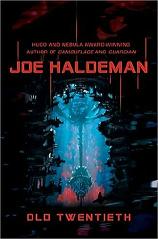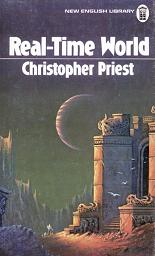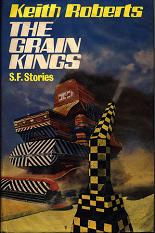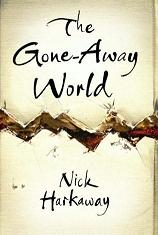
Old Twentieth
Joe Haldeman
272 pages
published in 2005
If there is such a thing as a baby boomer generation of science fiction writers, Joe Haldeman is the type specimen of them. Born in 1943 he was just old enough to be drafted at the height of the War on Vietnam after finishing college, got wounded in action and wrote his first book as a straight up retelling of his war experiences. His most famous novel is of course The Forever War (1975), which is often read as an allegory of the war and its impact on the people who fought it, a not completely unjustified view. Since then, the Vietnam war has cropped up again and again in his books as well as a more general grounding in sixties pop culture, often coupled with an encroaching sense of his own mortality as he has gotten older and obsession with the promise of evading death by becoming immortal (as e.g. The Long Habit of Living). This isn’t unique to the baby boomers of course, but this was the generation that promised themselved they’d stay young forever and then found out even they weren’t immune to entropy…
The Old Twentieth is a showcase for all these themes. It is not a good novel, if entertaining enough to finish. It’s not a good novel not just because the plot is dull, the resolution is trite, the characters are barely twodimensional and the setting is uninteresting, but because there just seems to be no point to this novel. It’s just 272 pages of not very interesting things happening, before they come to an unsatisfying conclusion and no clue as to why this story needed to be told. It reads reasonably enough on a sentence and paragraph level, but the overall story is so thin that Haldeman’s obsessions shine through it, bringing them to the foreground.



